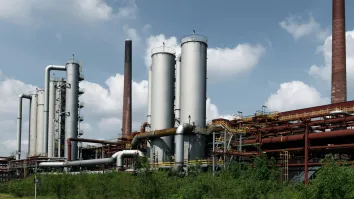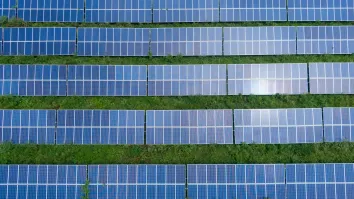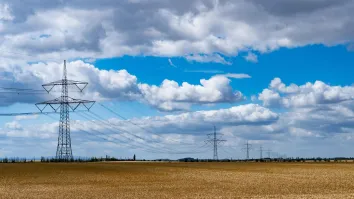Microgrids: Helping to Bring Reliable, Accessible and Clean Energy to Asia
By Jackson SengEnergy demand across Asia is surging and expected to grow by two-thirds by 2040, according to the International Renewable Energy Agency. At the same time, more than 65 million people mostly in Southeast Asia are without adequate or reliable access to electricity.
How does Asia solve its energy supply and demand dilemma? We are at a critical juncture. Managed well, the potential benefits of energy expansion can boost economies and improve quality of life for millions of people. Alternatively, a poorly managed transition that relies on traditional energy sources can pose environmental and economic risks where it impacts on natural capital or communities.
Renewable energy solutions like microgrids appear a ready solution to these competing imperatives and a way to close the supply and demand gap sustainably and responsibly.
Microgrids harness distributed energy resources, such as residential rooftop and community-scale solar panels and storage, providing people with clean, alternative energy sources. They enable their owners to become energy producers or ‘prosumers’ as well and take control over their energy supplies. Utilities benefit too where they can plug microgrids into larger smart grid systems to optimize energy sources and storage.
Thousands of communities across Asia live without access to electricity. Where connection to an electricity grid is impossible due to location and the cost of access, microgrids represent a cost-effective way to expand energy access in remote areas. Using digital technology, microgrids work where traditional infrastructure fails, by creating power grids based on a community’s needs.
An infrastructure leap
Electrical infrastructure across the region is ageing and is vulnerable to increasing natural disasters and surging demand. Microgrids are a proven viable option to provide electricity when power outages and extreme weather strike. They have the ability to disconnect critical assets from the larger grid and provide secure power in the event of a major system outage. They take advantage of various energy systems and storage abilities to maintain supply when the main grid cannot. Through cloud-connected software, the upgrading and system management of microgrid infrastructure can be decentralized, driving resilience when needed most.
Given Asia’s susceptibility to extreme weather events, it is imperative that energy infrastructure is strengthened in preparation for future extreme weather events and power outages that place the region’s well-being at risk. Microgrids are a smart option to improve the resilience of vulnerable communities and businesses.
Clean Energy
Renewable energy currently meets about 15% of Southeast Asia’s demand (IEA). With demand set to increase at an average of 6% per year (IEA), the environmental strain will also grow. Microgrids present an alternative power source to the older, CO2-generating plants, and empower the end-user with control over the energy mix used, allowing for the integration of locally produced energy from renewable sources, such as solar and hydropower.
Smart energy management services mean that local power generation can be managed in line with local demand, minimizing exchanges with the larger grid and freeing resources. Microgrids empower users to choose when to most efficiently produce, consume, store or even sell energy. By offering the opportunity to use renewable sources and optimize production and consumption, microgrids help to ensure Asia’s energy future is green.
Microgrids in Action in Asia
Our involvement in projects across Asia has demonstrated the true need for resilient energy systems, championed by microgrid technology. In Anankwin Village in Myanmar, we worked with partners to install one of the largest solar hybrid projects in the country, providing reliable electricity access to more than 350 rural homes, many local businesses and community centers.
Another example, in the Porisa Villages in Papua, we discovered a village community that depended on unreliable diesel engines to power electricity to the entire community. Championed by the local community, we supported the building of a solar system power plant, helping them eliminate the need for fossil energy, reducing maintenance costs and providing them a resilient energy system.
Where access to reliable electricity is a prerequisite for economic growth, job creation and development, microgrids are an infrastructure step-change for energy utilities and their customers. As Asia experiences increasing urbanization and industrialization, new demands on the energy sector are inevitable. The region’s new energy landscape can look to microgrids as a tool to provide reliable, accessible and clean energy, enabling communities and businesses to reach their potential.




















 Advertise
Advertise







